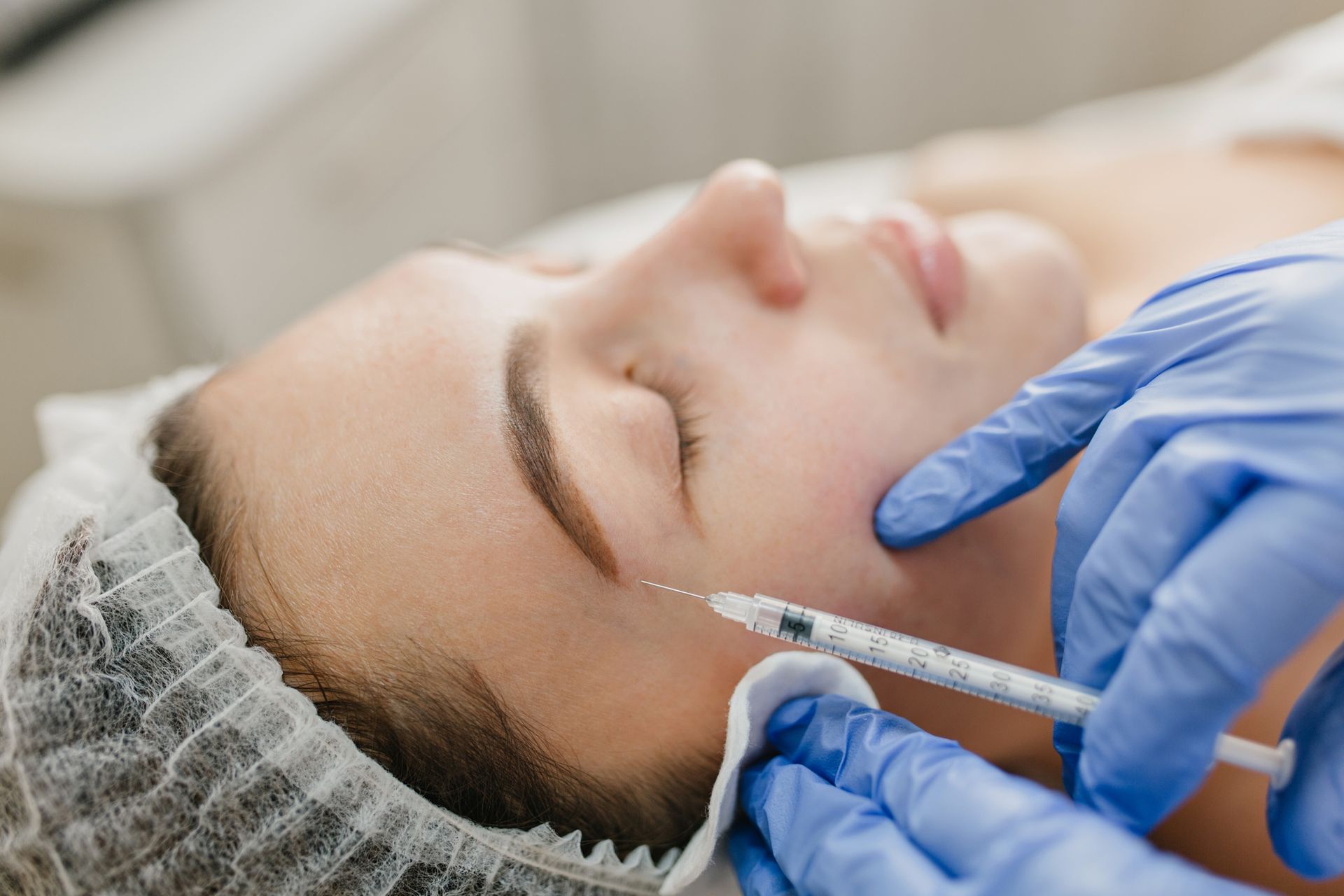Transform Your Skin with Cellenis Derma PRP (PRP Filler) at Selah Aesthetics and Wellness

In the realm of aesthetic treatments, Cellenis Derma PRP (PRP Filler) has emerged as a revolutionary solution for skin rejuvenation and enhancement. At Selah Aesthetics and Wellness in Columbus, Georgia, we are proud to offer this innovative treatment that combines the healing properties of your own body with advanced technology to restore youthful vitality to your skin. In this article, we’ll explore what Cellenis Derma PRP is, how it works, and the incredible benefits it offers for those seeking a fresh, youthful appearance.
What is Cellenis Derma PRP (PRP Filler)?
Cellenis Derma PRP is a cutting-edge treatment that uses platelet-rich plasma (PRP) derived from your own blood to fill and rejuvenate the skin. Unlike traditional fillers that may use synthetic materials, PRP Filler utilizes your body’s natural growth factors to promote healing and enhance volume, making it an ideal option for those looking for natural results.
How Does Cellenis Derma PRP Work?
The process of Cellenis Derma PRP involves several steps:
-
Blood Collection : A small amount of blood is drawn from your arm.
-
Centrifugation : The blood is processed in a centrifuge to separate the platelets from other blood components.
-
PRP Extraction : The concentrated platelet-rich plasma is carefully extracted for use in treatment.
-
Injection : The PRP is then injected into targeted areas of the face, helping to fill lines, wrinkles, and areas of volume loss.
Benefits of Cellenis Derma PRP (PRP Filler)
Choosing Cellenis Derma PRP at Selah Aesthetics and Wellness comes with a range of benefits:
-
Natural Results : Because PRP is derived from your own blood, there’s a lower risk of allergic reactions or complications, resulting in a more natural appearance.
-
Enhanced Skin Texture : The growth factors in PRP stimulate collagen and elastin production, leading to improved skin texture and tone.
-
Long-Lasting Effects : Results can last longer than traditional fillers, as the body continues to benefit from the regenerative properties of PRP over time.
-
Minimal Downtime : Most clients experience little to no downtime, allowing you to return to your regular activities almost immediately after treatment.
-
Versatile Treatment : Cellenis Derma PRP can be used on various areas of the face, including under the eyes, cheeks, and lips, to address multiple concerns.
Why Choose Selah Aesthetics and Wellness in Columbus, Georgia?
At Selah Aesthetics and Wellness, we are dedicated to providing our clients with the latest advancements in aesthetic treatments. Here’s why you should choose us for your Cellenis Derma PRP (PRP Filler) treatment:
-
Expert Practitioners : Our skilled team is experienced in administering PRP treatments, ensuring you receive top-notch care and results.
-
State-of-the-Art Facility : We use advanced technology and techniques to provide safe, effective, and comfortable treatments.
-
Personalized Care : We take the time to understand your unique aesthetic goals and tailor a treatment plan just for you.
-
Comprehensive Aesthetic Services : In addition to Cellenis Derma PRP, we offer a wide range of services to help you achieve your desired look.
Experience Cellenis Derma PRP Today!
If you’re in Columbus, Georgia, and looking for an effective, natural solution for skin rejuvenation, Cellenis Derma PRP (PRP Filler) at Selah Aesthetics and Wellness may be the perfect option for you. This innovative treatment can help restore your skin’s youthful vitality and boost your confidence.
To learn more about Cellenis Derma PRP and schedule your consultation, contact us today. Let us help you on your journey to radiant, rejuvenated skin!
Share This Blog











